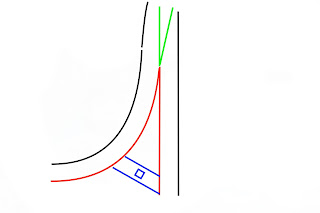September 20, 2017 - Week 4
Today my team (Full-Scale Track Section) gave a presentation for the rundown on our specific project. We discussed past research, problems to overcome, project planning, and many other design obstacles that we will need to consider for our team. Below is the full presentation: After the presentations, we discussed with Ron Swenson about the project specifications and has mentioned that the SolidWorks drawings will be uploaded later this week. During the meeting, Ron mentioned the possibilities of integrating certain infrastructure like water pipes, power cables, and other tubing on the outsides of the vertical supports. There will also need to be diagonal bracing/trussing along the vertical supports. In addition to these requirements, the track will need to be designed so that it can be easily assembled and disassembled. This will make things easier later on during production when we will need to constantly adjust sections, and add parts during assembly of other team's par...

